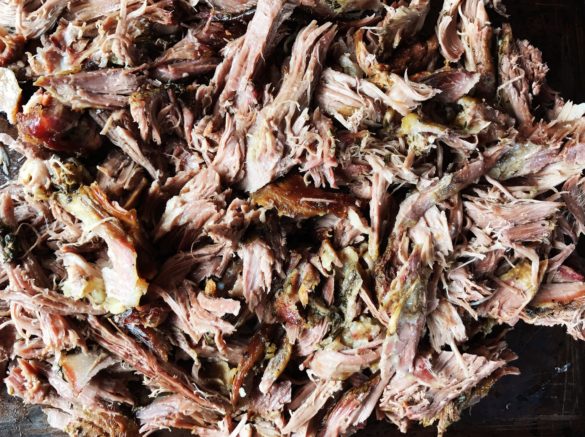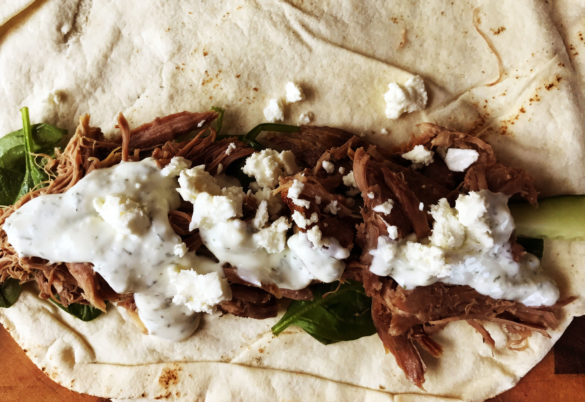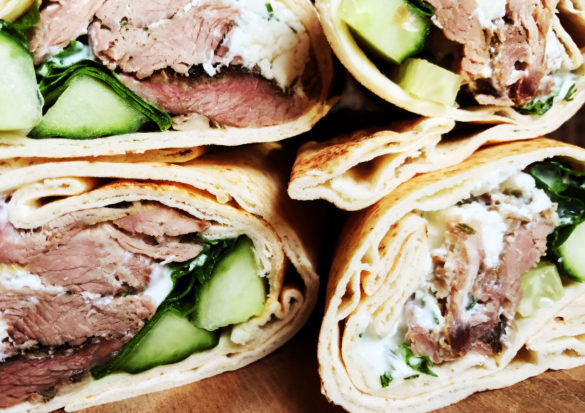There are a couple of times per year that a smell emanates from our neighbours’ garden that is intensely cruel solely because the wafts of delight have a propensity to induce a voracious appetite. Often plumes of smoke float through the air carrying with them a heavenly smell that draws you in. Then, as you sneak closer you hear the sizzles of hot fatty goodness dripping on to burning coals. And finally, as your head transcends the top of the fence you see the source of the aromatic Sirens; a whole spitted goat, with its searing caramelised exterior gently rotating over smoking hot charcoal, spitting out delicious globules of fat and gelatine. Thankfully, we are on very good terms with our ageing Greek neighbours and once their family has been fed there is usually plenty left for the ones that have been so mesmerically drawn in. And on eating, as the juices run down the ravines of the arm, I can with all honesty say it tastes so much better than it smells.
I have had a fascination with goat meat since my travels around India a few years ago, most of which was delicately enhanced with wondrous herbs and spices. It wasn’t till I arrived in Melbourne when I first ate slow-spit roasted goat that the beauty of this meat was revealed. If cooked incorrectly you can resign your goat to the shoe leather pile. Goat, by its nature, needs long, slow cooking to provide a chance for its tough fibres to wilt into submission. The leg can be notoriously difficult to cook due to the amount of work it has to do when the animal is alive, but it does have wonderful flavour. My favourite, however, is the shoulder, which has a beautiful balance of lean meat interspersed with lots of cartilage that breaks down into the succulent gelatine which keeps the meat moist. In addition, the fat content of the shoulder significantly enhances the flavour of the meat. An oven will never replicate the amazing taste provided by hot coals, but if you have the marinade right and cook it long and slow then you will certainly achieve something very close.
The method and recipe I have used here produces a terrificly flavoured meat with a tenderness that allows it to be easily pulled or shredded. The initial burst of heat in the oven is to generate some browning (also know as the Maillard reaction) which essentially creates flavour on the surface. The meat is then covered and turned to low so it then roasts/ braises gently in its own juices.






